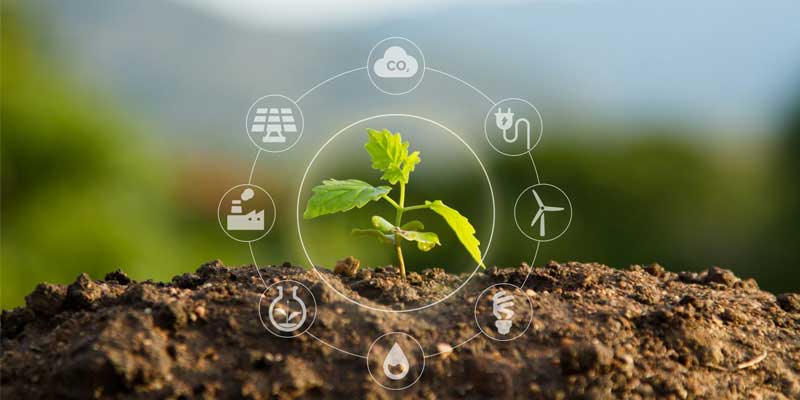Schedule a Call Back
Green manufacturing using ‘Circular Replenishment Chains’ model
 Articles
Articles- Jan 09,24

Related Stories

Waste pooling collaboratives for profitable circular economy
Waste reduction is one of the key steps towards sustainability. Companies opt for recycle, reuse and refurbish waste to create value. Here, R Jayaraman explains the concept of waste pooling collabor..
Read more
An integrated approach to create a resilient supply chain
In this concluding article of the 3-part series, R Jayaraman explains the importance of adopting an integrated approach for creating a resilient supply chain (RSC).
Read more
Indo-Germany trade alliance: A model of resilience and growth
With a trade history spanning over 500 years, India and Germany share a deep-rooted connection forged through centuries of economic cooperation. Over time, bilateral trade has not only increased but..
Read more













